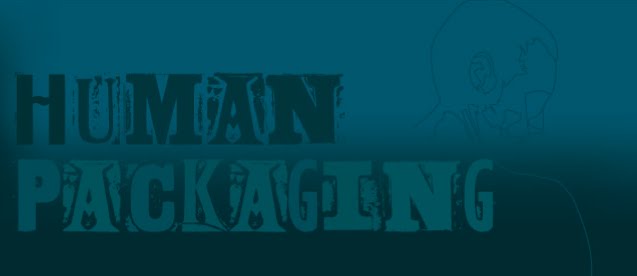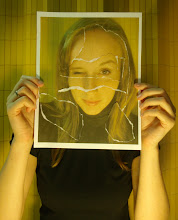The "Maniken"s we are using to create clay muscles are pretty awesome. However, it's a new medium for me. It is so great to have to learn how to work with my own muscles that have been trained to function certain ways-for me it's to learn how to go from drawing to molding clay. The muscles in a humans hands are so beautiful. Under the skin, there are so many delicate muscles and tendons all connecting and weaving in order to allow the hands to work for their purposes.
Currently we are building muscle for the torso and seeing where everyone has muscles underneath fat and curves of skin. It is interesting to be able to locate the sternum on everyone, but underneath that point is is different for each person.
Tuesday, February 23, 2010
Monday, February 15, 2010
She Sells Seashells
In class we have these great seashells. The task for this weekend has been to figure out where they came from, what different kinds there are, why they are the shapes they are with what patterns.
I learned that seashells are the external skeleton for water life animals under the mollusk category.
My shell is part of the Queen Conch family (or so I think). Other names are the Eustrombus gigas, previously known as Strombus gigas. The animals that live inside are very big snails basically that are edible for humans and other meat eatin' animals. The reason there is such a large slanted opening in the side, is for the snails very large leg. Most of it's organs are on the outside, so they need a very hard shell to protect it from harm. All of the limbs that extend out of the shell are regenerate-able. The lines and knicks are made from the places were they live, which according to wikipedia is in sandy and seaweedy meadows underwater between the Gulf of Mexico and South America. The prongs that stick out of the top help the mollusk rotate itself when it has fallen upside down, and somewhat protect it from predators.
At first, I wasn't insane about drawing my shell for 2 hours. But I believe we have become friends since.
I learned that seashells are the external skeleton for water life animals under the mollusk category.
My shell is part of the Queen Conch family (or so I think). Other names are the Eustrombus gigas, previously known as Strombus gigas. The animals that live inside are very big snails basically that are edible for humans and other meat eatin' animals. The reason there is such a large slanted opening in the side, is for the snails very large leg. Most of it's organs are on the outside, so they need a very hard shell to protect it from harm. All of the limbs that extend out of the shell are regenerate-able. The lines and knicks are made from the places were they live, which according to wikipedia is in sandy and seaweedy meadows underwater between the Gulf of Mexico and South America. The prongs that stick out of the top help the mollusk rotate itself when it has fallen upside down, and somewhat protect it from predators.
At first, I wasn't insane about drawing my shell for 2 hours. But I believe we have become friends since.

Thursday, February 11, 2010
Anatomy Coloring Book
While learning about anatomical terms it reminded me of my favorite coloring book. I laugh to myself to think of medical students whipping out their colored pencils and returning to their elementary skills of coloring inside the lines.
Although coloring in the different parts of the body in this hefty may seem childish, I learned so much. I also spent HOURS working on not coloring in the wrong parts. If you'd like a deeper understanding, I would recommend either purchasing, borrowing(good luck getting it out of any owner's hand since they're about $30-40 a piece), or simply photo copying sections out for yourself.
Anatomy Coloring Book.... My grown up coloring fix.

Although coloring in the different parts of the body in this hefty may seem childish, I learned so much. I also spent HOURS working on not coloring in the wrong parts. If you'd like a deeper understanding, I would recommend either purchasing, borrowing(good luck getting it out of any owner's hand since they're about $30-40 a piece), or simply photo copying sections out for yourself.
Anatomy Coloring Book.... My grown up coloring fix.

Wednesday, February 3, 2010
Contour Drawings
 (please be patient-my camera's card reader is not wanting to do it's job)
(please be patient-my camera's card reader is not wanting to do it's job)Contour drawings are always something I enjoy. It was new to me to have to go so slowly. However, it made sure that I was able to see all of the details. Details that I would have never seen before.
Blind contours are a whole other story. It was harder than ever to focus on any areas, with a drawing infront of me you can see the negative space and the exact placement of everything. With a blind contour everything is blank; including your own mind at times....
In my sketch you can see the body is detached. however, there is clearly feet, head, hands, shoulders.

Subscribe to:
Posts (Atom)

